Sigma A 40 mm f/1.4 DG HSM
7. Coma, astigmatism and bokeh
| Center, f/1.4 | Corner APS-C, f/1.4 | Corner FF, f/1.4 |
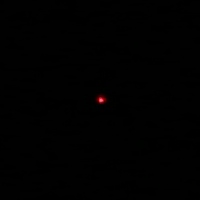
|
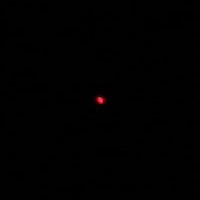
|
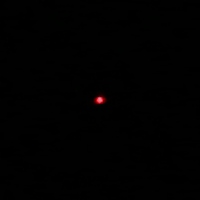
|
| Center, f/2.0 | Corner APS-C, f/2.0 | Corner FF, f/2.0 |
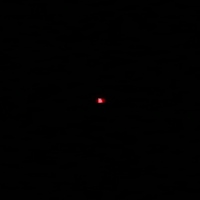
|
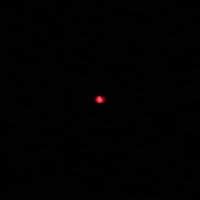
|
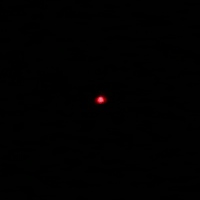
|
When it comes to astigmatism, understood as an average difference between horizontal and vertical MTF50 function values, we have no reservations whatsoever. The value measured by us amounted to 4.5%; it means you might as well forget about this aberration at all.
Please Support UsIf you enjoy our reviews and articles, and you want us to continue our work please, support our website by donating through PayPal. The funds are going to be used for paying our editorial team, renting servers, and equipping our testing studio; only that way we will be able to continue providing you interesting content for free. |
- - - - - - - - - - - - - - - - - - - - - - - - - - - - - - - - - - - - - - - - - - - - - - - -
A bright, fast lens with the focal length close to journalistic 35 mm or standard 50 mm should provide out-of-focus area pleasing to the eye and here the Sigma’s performance is beyond reproach. Circles of light are very nice and smooth, without any local extreme points. Even the rim which appears on stopping down the lens is not especially intensive. The influence of mechanical vignetting is discernible in the f/1.4-2.0 aperture range but its influence disappears practically completely by f/2.8.
| Center, f/1.4 | Corner APS-C, f/1.4 | Corner FF, f/1.4 |
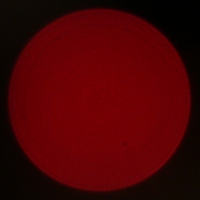
|
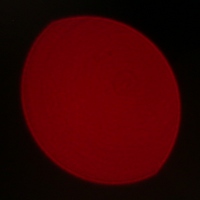
|
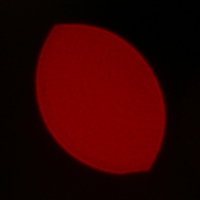
|
| Center, f/2.0 | Corner APS-C, f/2.0 | Corner FF, f/2.0 |
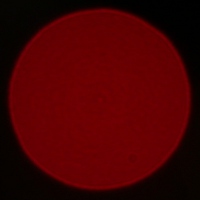
|
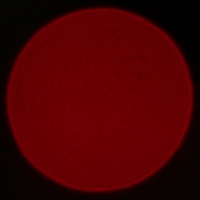
|
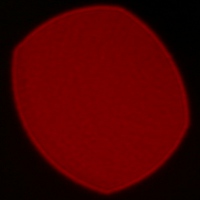
|
Center, f/2.8 | Corner APS-C, f/2.8 | Corner FF, f/2.8 |
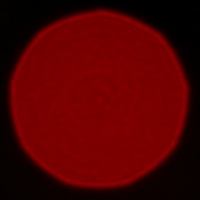
|
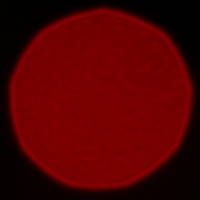
|
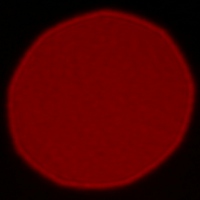
|






